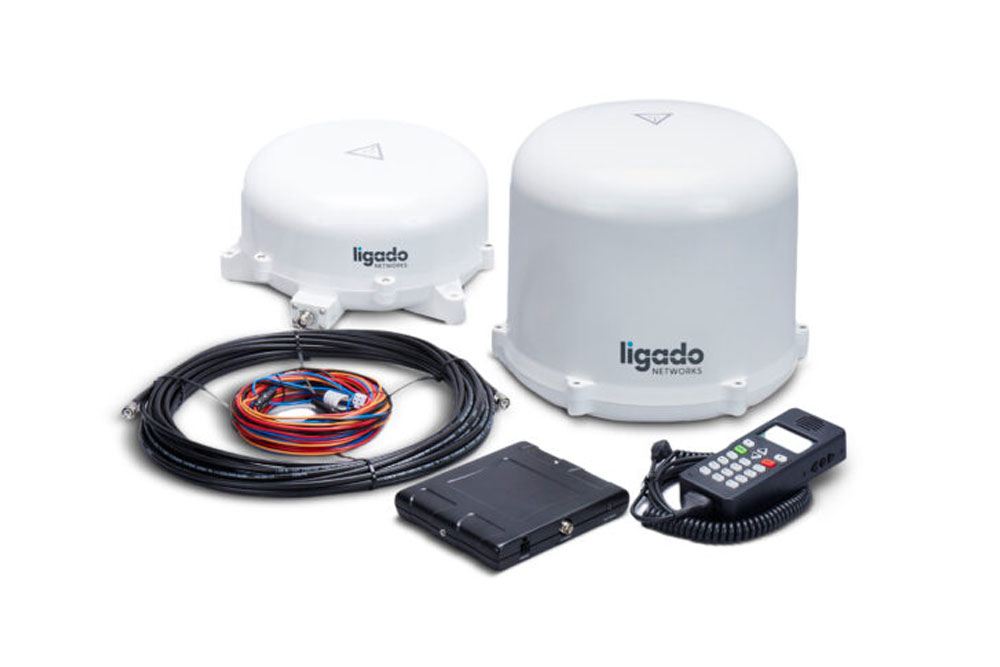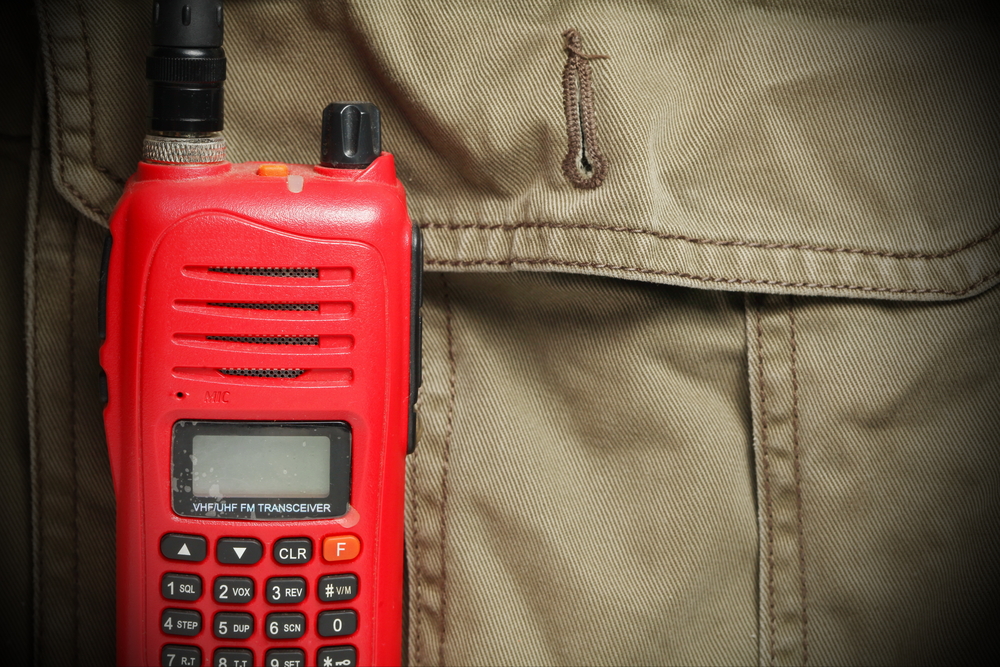In part one of this two-part blog series, we looked at some of the basics on how marine satellite PTT (push-to-talk) solutions work, and some of their common features. The marine setting is one of several where PTT solutions are utilized to allow for quality communications across large distances, and understanding how it works is important if you’ll be utilizing it for any purpose.
At International Satellite Services, we’re here to help with a huge range of satellite PTT and related satellite communications, including the MSATe PTT marine satellite radio and many other options. While part one of our series went over the basic functions of these products, today’s part two will look at the specific ways these are utilized in a marine setting for everything from safety to numerous other task requirements.
Voice Calling
Naturally, the most well-known and typically well-used feature of marine satellite PTT radios is voice calling. In particular, this is useful in emergency situations or disaster scenarios, allowing for instant communication with those on land who can offer assistance. Voice calls also have several additional features built in that make them critical in many situations.
For instance, the PTT solution will work with a wide range of networks, from maritime satellite systems to others. This allows for coverage in numerous locations across the world. Whether crew members are working near the shore or in deep sea, they’ll have constant access to communication methods that can help them stay safe.
Data Capabilities
On top of voice capabilities alone, marine satellite PTT also has numerous data capabilities that are important for various professional settings. These include the ability to send and receive emails, transfer files, download weather files and more.
This allows for enhanced productivity and communication even in remote locations. For example, if a crew member on a ship needs to access an important file while at sea, they can easily do so using their PTT satellite device.
GPS Capabilities
Another related benefit of modern marine satellite PTT solutions is the inclusion of GPS capabilities. These allow for real-time tracking and monitoring of ship locations, which can be vital in various scenarios. For instance, if a distress signal is sent out or a ship goes off course, these systems allow for pinpoint location information that can make rescue efforts much easier.
Weather Monitoring
Finally, as we noted above, PTT solutions also allow for access to real-time weather reports and forecasts. This can be critical in the marine setting, where sudden storms or other dangerous conditions can arise without warning. With constant weather monitoring and updates, crew members will be able to better navigate and plan their trips to avoid potentially hazardous situations.
Marine satellite PTT solutions offer a wide range of benefits for communication and safety in remote maritime settings. If you’re in need of these solutions or have any questions, our team at International Satellite Services is here to assist you. Contact us today to learn more about our services or to speak with one of our experts about your specific needs.








